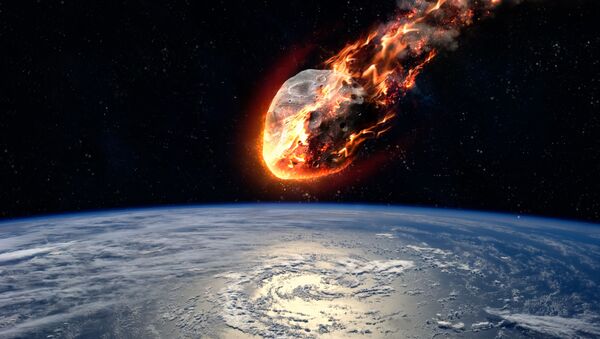Australian scientists have claimed that the relevant combination of solar winds and meteorites may add to creating water on asteroids and even on the moon.
In their study published by the journal Nature Astronomy, the researchers from Curtin University in Perth, Australia, suggested that the process of creating H2O includes correctly-timed solar winds binding together loose hydrogen and oxygen atoms in meteorites.
Katarina Miljkovic, of Curtin's Science and Technology Centre, was cited by The Daily Mail as saying that “this complex process to regenerate surface water molecules could be a possible mechanism to replenish water supplies on other airless bodies, such as the Moon.”
She underscored the research’s “potentially significant implications because we all know the availability of water in the solar system is an extremely important element for habitability in space.”
The scientists made the discovery when conducting experiments on a 100-kg piece of the Murchison meteorite, which landed in the Murchison region in western Australia on 28 September, 1969.
During a lab experiment, they specifically managed to recreate the process of water formation in a vacuum where they simulated solar winds and used lasers to mimic minor meteorite impacts.
Scientists Find Evidence of Planet Outside Solar System With Water
The study followed researchers’ revelations a couple of weeks ago that they had for the first time discovered evidence of the K2-18b planet outside of our solar system which is home to a lot of H2O.
Estimated to be twice the size of Earth and eight times its mass, the K2-18b was described by Angelos Tsiaras, the author of the study, as the “only planet outside our solar system that we know has the correct temperature, an atmosphere and water.”




